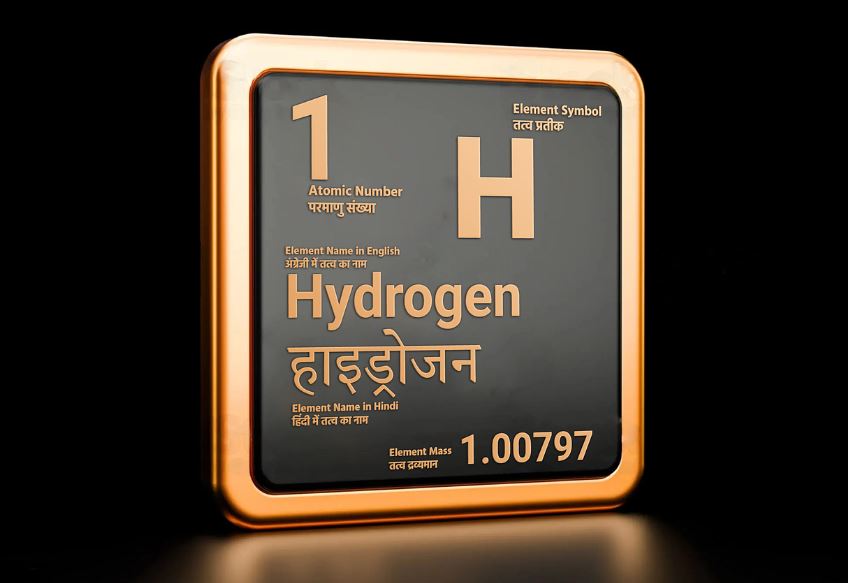Global interest is spiking in a previously undervalued resource: geologic hydrogen. Alternately termed white, gold, or natural hydrogen, this naturally occurring subsurface gas could aid our transition away from fossil fuels.
Natural hydrogen is believed to be a product of high-temperature reactions between water and iron-rich minerals. This form of hydrogen has potential in the energy transition, although much of the hydrogen produced now stemmed from fossil fuels like coal and natural gas.
Renewable electricity can split water to create green hydrogen, a process offsetting large sections of the hydrogen production cycle. However, this process currently faces setbacks ranging from high costs to economic hurdles.
Activities are ramping up around the untapped potential of geologic hydrogen. There are currently exploration efforts in the USA, Canada, Australia, France, Spain, Colombia, South Korea, and more. Research conducted by Rystad Energy indicates a surge in companies actively seeking these hydrogen deposits.
Interestingly, geologic hydrogen was incidentally discovered in 1987 during a failed water drilling effort in Mali by a company named Hydroma. Almost two decades later, large reservoirs of nearly pure geologic hydrogen were found at the same site, which brought power to the Malian village of Bourakébougou. More recently, the world’s largest geologic hydrogen deposit was discovered in France’s eastern Lorraine region.
According to Geoffrey Ellis, a research geologist at the USGS, up to 5 trillion metric tons of geologic hydrogen could be beneath Earth’s surfaces. Although much could be non-recoverable due to depth and location issues, Ellis believes that a small percentage recovery might suffice to meet projected demand for 200 years.
On the other hand, there are voices expressing healthy skepticism towards geologic hydrogen’s clean energy potential. Ana Maria Jaller-Makarewicz, an energy analyst from the Institute for Energy Economics and Financial Analysis, emphasized the need for practicality. Ana believes that the priority should be replacing grey hydrogen with green hydrogen in our energy production. Grey hydrogen, created using natural gas, contributes significantly to greenhouse gas emissions.
Additionally, the Hydrogen Science Coalition points to environmental issues linked to extraction processes, alongside transportation and distribution challenges. Therefore, harnessing geologic hydrogen’s potential is far from a straightforward task.
